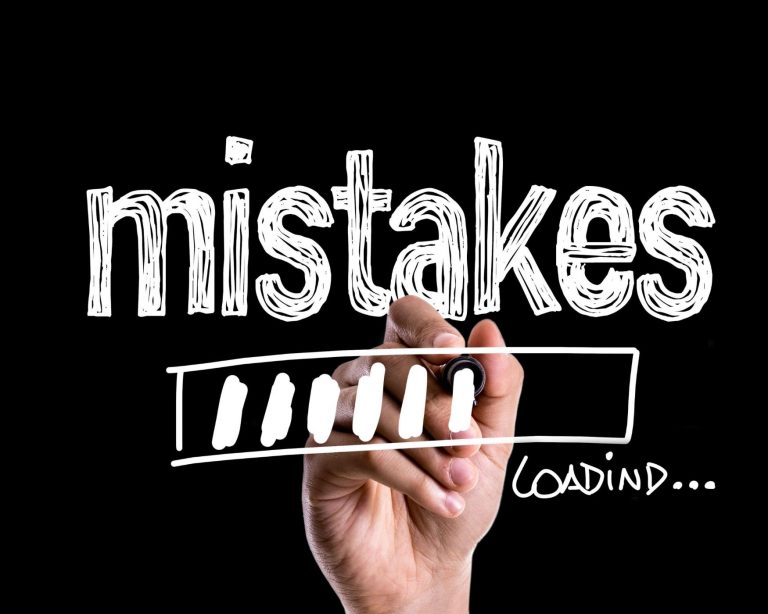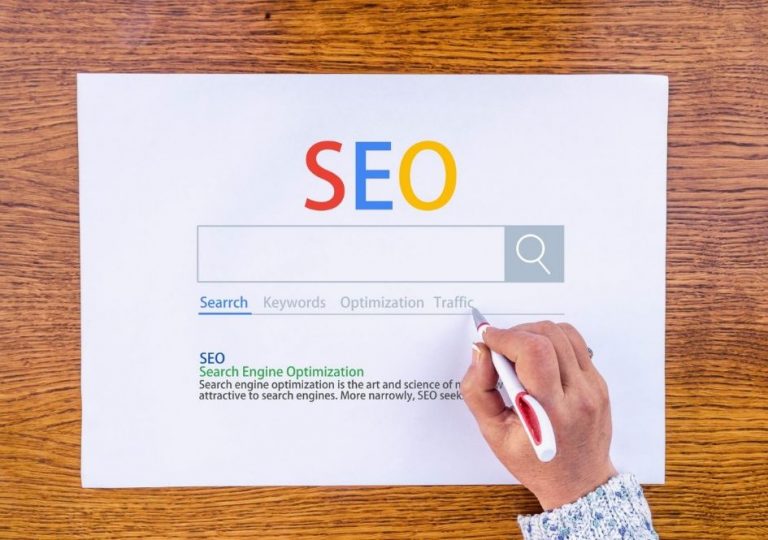How to Start Blogging in 2025: A Beginner’s Step-by-Step Guide
Blogging lets you share your knowledge, build a brand, or express yourself. We’ll talk about picking your niche, using WordPress, and more. Let’s start this exciting journey into blogging together!
Key Takeaways
- Choose a niche that aligns with your passions and expertise
- Select a user-friendly blogging platform like WordPress
- Pick a catchy domain name that reflects your blog’s theme
- Create high-quality, engaging content for your audience
- Optimize your blog posts for search engines
- Promote your blog through social media and email marketing
- Explore various monetization methods as your blog grows
Introduction
Blogging is a great way to share your thoughts and grow your business. It’s a way to connect with others and show your skills. Let’s look at why starting a blog is a good idea.
What is a blog and why start one?
A blog is a website with new posts all the time. It’s where you can share your ideas and experiences. Starting a blog lets you meet people who think like you and build your online image.
Benefits of blogging (personal and professional)
Blogging has many benefits. It helps you get better at writing and explore your interests. It can also help your career by showing off your skills. For beginners, blogging can lead to new friends and even money.
| Personal Benefits | Professional Benefits |
|---|---|
| Improved writing skills | Career advancement |
| Self-expression | Networking opportunities |
| Creative outlet | Income potential |
Different types of blogs
There’s a blog for every interest. You can share your life on personal blogs. Business blogs help companies talk to customers. Niche blogs focus on things like travel or food. Starting a personal blog means joining a big community of writers.
- Personal lifestyle blogs
- Business and corporate blogs
- Niche-specific blogs (e.g., travel, food, tech)
- News and current events blogs
Remember, blogging is about finding your voice and sharing useful info. With some tips and practice, you can make a great blog1.
Chapter 1: Choosing Your Niche and Blog Name
Importance of niche selection
Choosing the right niche is key to your blog’s success. It helps you focus and attract a specific audience. Pick a niche that matches your passions and skills. This makes blogging more fun and sustainable.
Brainstorming niche ideas
Think about your interests and skills to find niche ideas. Consider topics you love or areas where you have unique insights. Popular niches include technology, finance, health, and beauty. The tech market, especially mobile apps, is expected to hit over $673 billion by 2027, offering great affiliate marketing opportunities.
Keyword research for your niche
Keyword research is vital for any amateur blogging platform. It shows what your readers might be searching for. Use tools like Google Keyword Planner to find popular search terms. This helps guide your content and improves your blog writing skills.
Choosing a catchy and relevant blog name
Your blog name should reflect your niche and be easy to remember. It’s the first thing readers see, so it’s important. Here are some tips for a great blog name:
- Keep it short and simple
- Make it easy to spell and pronounce
- Avoid numbers and hyphens
- Check domain availability
Remember, your blog name is part of your brand. Take your time to choose one that fits your content and appeals to your audience. With these steps, you’re ready to start your own blog and begin your blogging journey.
| Niche | Market Size | Growth Potential |
|---|---|---|
| Technology | $673 billion (projected by 2027) | High |
| Finance | $33,539.52 billion (2024 estimate) | Substantial |
| Healthcare | $665.37 billion (forecasted by 2028) | Significant |
| Beauty and Fashion | $940 billion (projected by 2025) | Lucrative |
This table shows the market sizes and growth potential of various niches. It helps you make a smart choice for your blog2.
Chapter 2: Setting Up Your Blog
Are you ready to start blogging? Let’s set up your blog! This is a key step for beginners. I’ll show you how to get your blog started easily.
Choosing a Blogging Platform
Choosing the right platform is important for new bloggers. WordPress, Blogger, and Wix are popular. Think about what you need and your skills when picking.
Selecting a Domain Name and Web Hosting
Your domain name is your blog’s web address. Pick something catchy and related to your topic. For web hosting, find a reliable provider with good support. These steps are basic in starting a blog.
Installing WordPress and Configuring Your Blog
If you picked WordPress, most hosts make it easy to install. After installing, set up your site title and tagline. This part might seem hard, but it’s easier than you think!
Choosing a Theme and Customizing Your Design
Your blog’s design is important! Choose a theme that matches your style and topic. There are many free themes for beginners. Customize colors, fonts, and layout to make your blog stand out.
Setting up your blog is just the start. With these steps, you’re ready to share your thoughts and ideas online3!
Chapter 3: Creating Your First Blog Post
Ready to start your blog today? Let’s dive into creating your first blog post! This beginner’s guide to blogging will walk you through the process step-by-step.
Content Planning and Research
Before you start writing, it’s crucial to plan your content. I always begin by brainstorming topics that align with my niche. Then, I research to gather facts, statistics, and insights to support my ideas. This approach ensures my posts are informative and valuable to readers.
Writing Engaging and Informative Content
When crafting your post, focus on creating content that resonates with your audience. Use a conversational tone and break up your text into short paragraphs. Remember, first-time blogging advice often emphasizes the importance of being authentic and relatable.
Optimizing Your Blog Post for SEO
To improve your blog’s visibility, incorporate SEO best practices. Use relevant keywords naturally throughout your post. For example, sprinkle phrases like “beginner’s guide to blogging” and “creating your first blog” where they fit organically.
Adding Images and Multimedia
Enhance your post with visuals. Include relevant images, infographics, or videos to break up text and engage readers. Just ensure all multimedia elements are properly credited and optimized for web use.
| Element | Purpose | Examples |
|---|---|---|
| Images | Visual appeal | Photos, illustrations |
| Infographics | Data visualization | Statistics, processes |
| Videos | Dynamic content | Tutorials, interviews |
By following these steps, you’ll be well on your way to creating engaging blog posts that resonate with your audience. Remember, practice makes perfect, so keep writing and refining your skills3!
Chapter 4: Promoting Your Blog
Promoting your blog is key to growing your audience. I’ll share some amateur blogging tips to help you get started. When starting a blog from scratch, it’s crucial to have a solid promotion strategy.
Social Media Marketing for Bloggers
Social media is a powerful tool for bloggers. I use platforms like Facebook, Twitter, and Instagram to share my content and engage with readers. It’s one of the most effective amateur blogging strategies.
To maximize impact, I post consistently and use relevant hashtags.
Email Marketing Strategies
Email marketing is essential for blogging newbies. I build my email list by offering a free resource in exchange for subscribers’ email addresses. Then, I send regular newsletters with blog updates and exclusive content to keep my audience engaged.
SEO for Bloggers
Search Engine Optimization (SEO) is crucial for increasing blog visibility. I focus on using relevant keywords, creating quality content, and optimizing meta descriptions. These amateur blogging essentials help my blog rank higher in search results.
Building Backlinks
Backlinks are vital for SEO and building authority. I guest post on other blogs, participate in online communities, and create shareable content to earn backlinks. It’s a long-term strategy, but it’s one of the most effective amateur blogging tips for growing your blog’s reach.
By implementing these strategies, you’ll be well on your way to promoting your blog effectively. Remember, consistency is key in all these efforts4.
Chapter 5: Monetizing Your Blog
As a beginner blog writer, I’m excited to share how you can turn your hobby into a profitable venture. Monetizing your blog is an exciting step in your amateur blogger journey. Let’s explore ways to make money while you create an online journal and develop writing skills.
Different Ways to Make Money Blogging
There are several methods to monetize your blog:
- Display advertising
- Affiliate marketing
- Sponsored content
- Digital products
Each method has its pros and cons. For instance, display ads can provide passive income, while affiliate marketing allows you to earn commissions by recommending products you love.
Choosing the Right Monetization Methods
Selecting the best monetization strategy depends on your niche and audience. If you’re writing a hobby blogging guide, consider creating and selling digital products like e-books or courses. For travel blogs, affiliate marketing for hotels or travel gear might be more suitable5.
Tips for Increasing Blog Traffic and Revenue
To boost your blog’s income, focus on growing your audience. Here are some tips:
- Create high-quality, engaging content consistently
- Use social media to promote your posts
- Optimize your content for search engines
- Build an email list to connect with your readers
Remember, monetization takes time. Keep honing your writing skills and providing value to your readers. As your blog grows, so will your revenue opportunities.
| Monetization Method | Best For | Difficulty Level |
|---|---|---|
| Display Ads | High-traffic blogs | Easy |
| Affiliate Marketing | Product review blogs | Medium |
| Sponsored Content | Influencer blogs | Medium |
| Digital Products | Educational blogs | Hard |
By implementing these strategies, you’ll be on your way to turning your passion for writing into a profitable hobby blogging venture.
Conclusion
Let’s sum up your blogging journey. You’ve learned how to pick a niche, set up your blog, and create content. Now, you know the basics of making amateur content. There are many blogging platforms for beginners to choose from.
Recap of Key Steps
Starting a blog is like starting a new adventure. The 2024 Naismith Memorial Basketball Hall of Fame class had 13 inductees with different backgrounds. Your blogging journey will be unique6.
Choose a niche you love, set up your blog, and start writing. Don’t forget to share your work and look into ways to make money as you grow.
Encouragement and Resources for New Bloggers
For new bloggers, keep going. Vince Carter played 22 NBA seasons, showing dedication is key6. Your writing will get better with time. Join blogging groups and follow experienced bloggers for advice and motivation.
Remember, success takes time. Chauncey Billups played 1,043 games over 17 seasons to build his legacy6. Your blog will grow with hard work. Keep learning, stay curious, and enjoy sharing your thoughts. Happy blogging!
Source Links
- https://www.rtings.com/camera/reviews/best/by-usage/video
- https://blog.coupler.io/best-niche-for-affiliate-marketing/
- https://www.whiskyfun.com/
- https://www.bogotablognj.com/2024/10/weekend-events_9.html
- https://masterblogging.com/best-travel-blogs/
- https://www.rappler.com/sports/nba/chauncey-billups-vince-carter-inductees-hall-of-fame-2024/
I’m Alexios Papaioannou, an experienced affiliate marketer and content creator. With a decade of expertise, I excel in crafting engaging blog posts to boost your brand. My love for running fuels my creativity. Let’s create exceptional content together!







